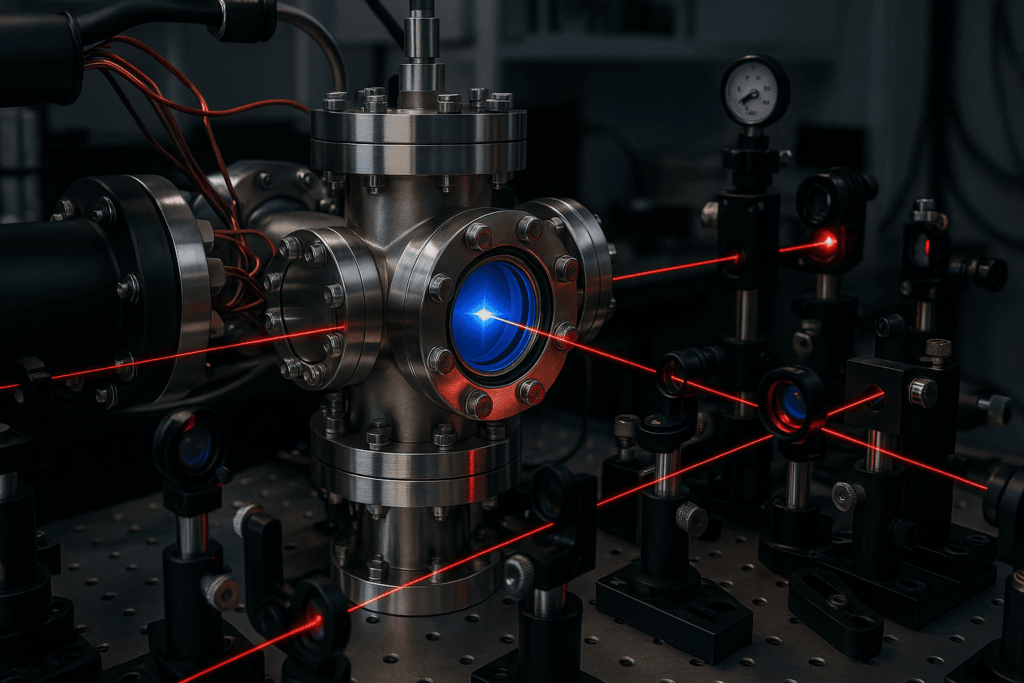Insider Brief
- The UK’s National Cyber Security Centre (NCSC) new white paper addresses post-quantum cryptography.
- The white paper offers several steps that businesses can integrate into their cybersecurity plans and budgets.
- NSCS experts promote a strategy of preparedness and not panic.
The advent of quantum computing presents both an extraordinary leap in processing capabilities and a significant threat to current cryptographic infrastructure. The UK’s National Cyber Security Centre (NCSC) has recently addressed this duality with the release of a detailed white paper, aimed at guiding organizations through the shift from traditional public key cryptography (PKC) to post-quantum cryptography (PQC).
PQC, also known as quantum-safe or quantum-resistant cryptography, is not just a theoretical construct; it is a burgeoning field of cryptographic science. The NCSC’s white paper presents call for businesses and governments to recognize the quantum threat and to begin planning for a transition to quantum-resistant algorithms.
“Quantum computers use properties of quantum mechanics to compute in a fundamentally different way from today’s digital, ‘classical’, computers. They are, theoretically, capable of performing certain computations that would not be feasible for classical computers. Although advances in quantum computing technology continue to be made, quantum computers today are still limited, and suffer from relatively high error rates in each operation they perform,” the centre’s experts write, adding “In the future, it is possible that error rates can be lowered such that a large, general-purpose quantum computer could exist. It is, however, impossible to predict when this may happen as many engineering and physical challenges must be overcome first.”

If those challenges are surmounted, the experts write that most traditional public key cryptography (PKC) algorithms in use today will be vulnerable to quantum attacks.
The advice from the NCSC , then, is clear: “The best mitigation against the threat of quantum computers to traditional PKC is post-quantum cryptography (PQC). PQC algorithms will replace the vulnerable PKC algorithms used today for both key establishment and digital signatures. The security of PQC algorithms is based on mathematical problems that are believed to be intractable for both classical and quantum computers. These algorithms will not necessarily be drop-in replacements for the current PKC algorithms in protocols or systems, so system owners should begin planning for the migration to PQC.”
NCSC’s Key Steps for PQC
The white paper points to a pragmatic and methodical approach to a future that the centre considers imminent. In response to this situation, the NCSC has outlined several key steps for the transition to PQC that should be implemented into the planning and budgeting of businesses and organizations that will be affected by potential quantum hacks — which, in today’s data-driven economy, is likely all businesses and organizations.
The NCSC urges organizations to align PQC upgrades with regular technology refresh cycles, thereby integrating quantum-resistant measures into the natural evolution of their IT systems.
The paper states: “Technical system and risk owners of both enterprise and bespoke IT should begin or continue financial planning for updating their systems to use PQC. PQC upgrades can be planned to take part within usual technology refresh cycles once final standards and implementations of these standards are available.”
Moreover, the centre endorses specific algorithms for general use, namely the ML-KEM (Kyber) and ML-DSA (Dilithium), chosen by the United States’ National Institute of Standards and Technology (NIST) for standardization. These algorithms are considered suitable for securing personal, enterprise, and government information at the Official tier.
The NCSC also provides guidance on security levels, recommending ML-KEM-768 and ML-DSA-65 for their balance of security and efficiency. Emphasizing the importance of adherence to finalized standards, the NCSC advises against the use of provisional or non-standard implementations in operational systems.
One notable point in the NCSC’s guidance is the concept of a hybrid key establishment scheme. This interim measure involves combining a PQC key establishment algorithm with a traditional one. Although this may serve as a bridge towards full PQC adoption, it is clear that the ultimate goal is a complete migration to quantum-resistant algorithms.
Preparation, Not Panic
Ever-emerging cybersecurity threats are already a constant concern for organizations. Quantum is yet another threat on that cybersecurity radar, one that may seem on the far-reaches of that scope now, but is methodically moving toward the center.
As organizations around the globe now face the task of securing their data against quantum attacks, the NCSC’s white paper can serve as a blueprint. It does not exaggerate the threat, but neither does it understate the urgency of preparing for the quantum future. The message is one of preparedness, not panic.
If you found this article to be informative, you can explore more current quantum news here, exclusives, interviews, and podcasts.

















